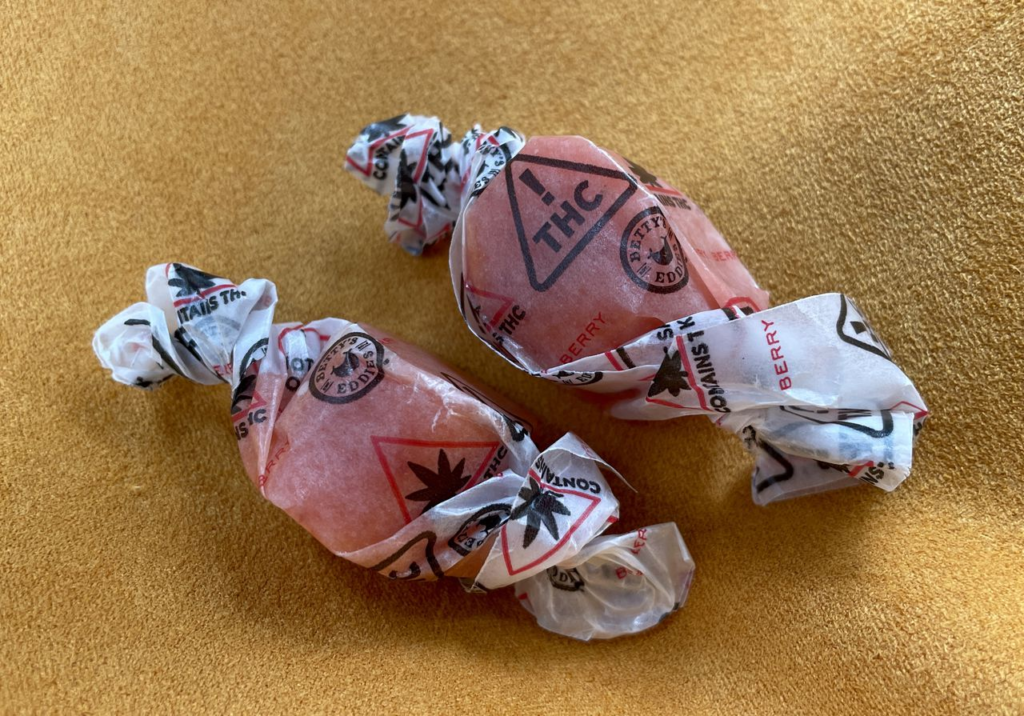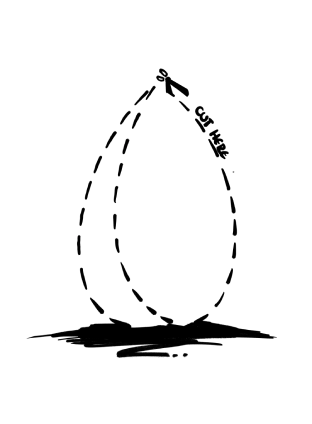We have all heard stories about weed edibles even if we have never seen or tried them. You may be wondering how they are made and why you can’t get high off simply eating a bud or two.
Cannabis is a plant with hundreds of complex chemicals that need to be treated just right to get the most benefit out of them. When seeking to get intoxicated from weed though, there is only one to be concerned with: THC.

Here’s our quick guide on how to get cooking with cannabis.
First, you must convert
If you have ever just straight up ate some weed out of curiosity or on a silly dare, then you are probably aware that it will not get you lifted by itself. As a matter of fact, you can’t even properly taste or smell the weed by just eating it.
THC (tetrahydrocannabinol), the cannabinoid that gets you high isn’t there yet — it’s still in its inactive state, called THCa. To convert it, you need controlled heat over time. This is called the decarboxylation process.
When smoking or vaping, this process happens right in the joint or pipe, but for edibles, there’s a more drawn out process. Temperatures of 300 degrees Fahrenheit or higher can destroy the cannabinoids and terpenes, rendering the weed itself useless for getting high.
To avoid wasting your precious (and expensive) buds, baking at 200-245 degrees Fahrenheit for 30-40 minutes is the sweet spot to prime your stash for infusion into butter, oil or liquid.
To prep your weed, break down the cannabis buds by hand, removing any large stems. Small to medium chunks will infuse with no problem. Don’t use the grinder for this as it can make the weed too fine, and you miss the opportunity to smell the terpene profile of the strain as your hand imparts your body heat.
When it’s all broken down, create an envelope out of a sheet of aluminum foil, lay it out on a cookie sheet, and spread the weed in a single layer. Seal the envelope by folding up the edges, check your oven for a steady temperature, and bake for at least 30 minutes.
The smell will be strong and fill your kitchen, but don’t open the oven door until the time is up. When you remove the cookie sheet, I recommend letting it cool slightly for about 20 minutes before unsealing the envelope.
The moment you remove the sheet from the oven and unseal the envelope is another opportunity to experience the aroma and flavor profile of the cannabis, so savor it and try to recognize some of the notes. This will help you with food pairings once you’re all done with the infusion process.
THC loves fats
It can be confusing to know what type of liquid to choose for infusion. It is important to know that THC binds best to fats — this is why cannabis butter or oil tends to be the most common substances used to make edibles.
However, this does not mean that it cannot be added to liquids by a gentle and extended steeping process, like tea. It just means that the most potent and versatile options are going to be fatty oils or other liquids like milks and melted cheeses.
You can check out weed cookbooks like this one for recipe ideas and more guidance on cooking with cannabis.
Special equipment
These infusions are more difficult at home without specialized equipment because a specific temperature range of 185-200 degrees Fahrenheit must be constantly maintained for at least 30 minutes to ensure that the cannabis oils bind to the chemistry of the liquid.
Without top-rated, herbal-infusion devices like the LEVO II Infuser Machine ($299), this can end up looking like a small science experiment on your stovetop that requires a high level of attention and care. Most novices and professionals at making edibles much prefer using the machines for the entire decarboxylation and infusion process, as many of them can do it from start to finish.

Dispensary-bought concentrates
Distillates and concentrates are the easiest ways to infuse food with cannabis, and can even be used as sublinguals (they go under your tongue). They are types of vapor-extracted and recondensed liquid THC or CBD, lab-produced in a very temperature-controlled process.
Remember, the liquid is already active THC, so no more activation is needed.
You see, temperature is the key component to activating weed properly. If it is not executed correctly, you just waste your bud and money. It’s best to stick to guaranteed methods that have been tested by many.
Using any of the concentrates found in dispensaries ($55-$110) to make an edible is much simpler than making your own infusion at home. Check out this article for more information about cooking with dispensary-bought concentrates.
Source: NJ.com

